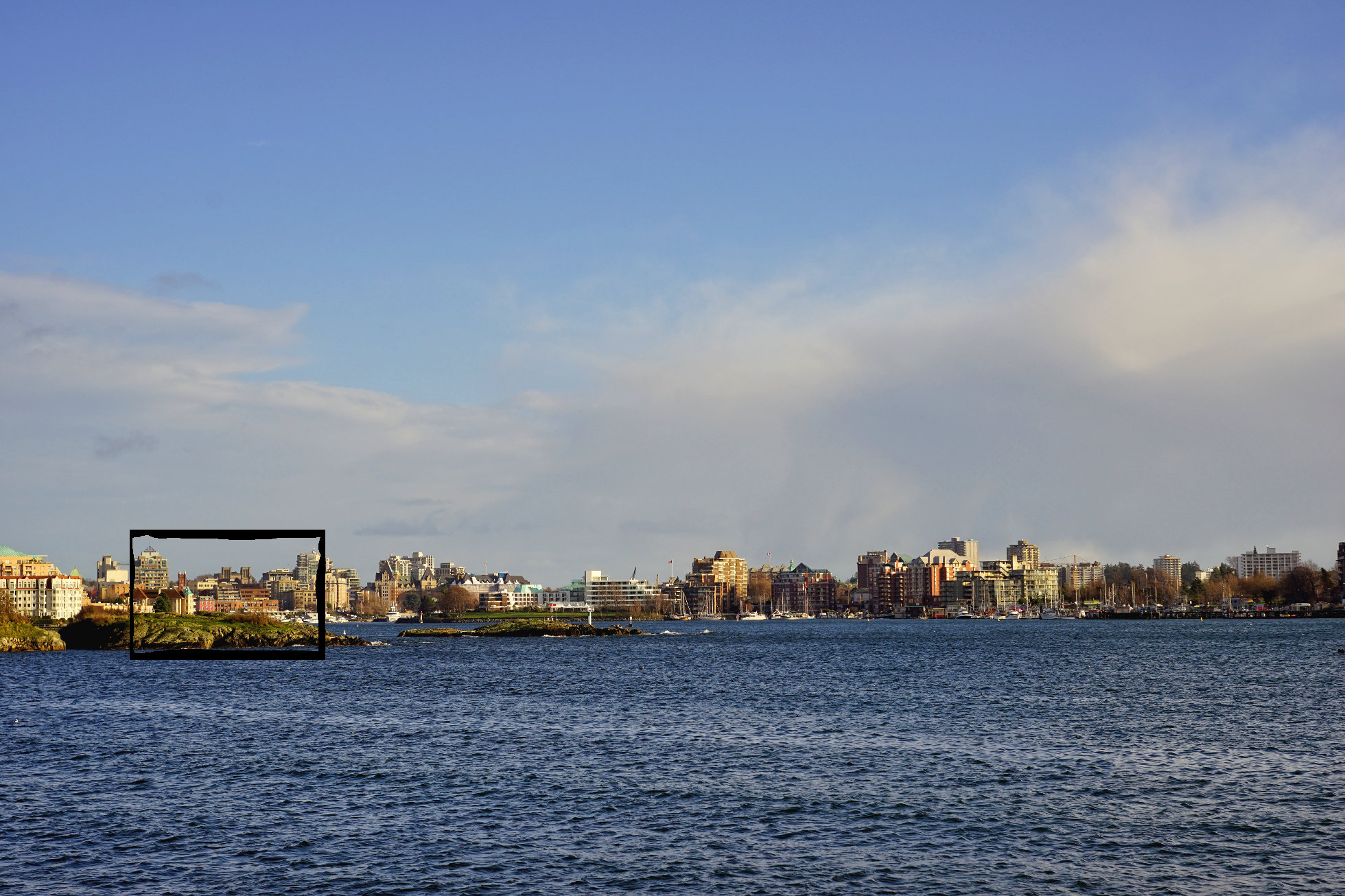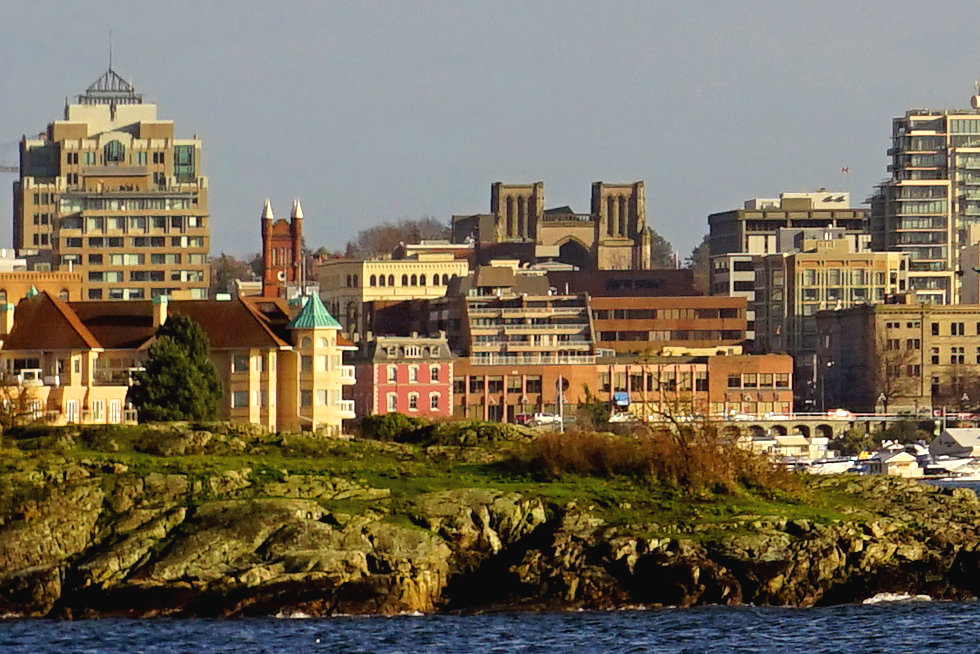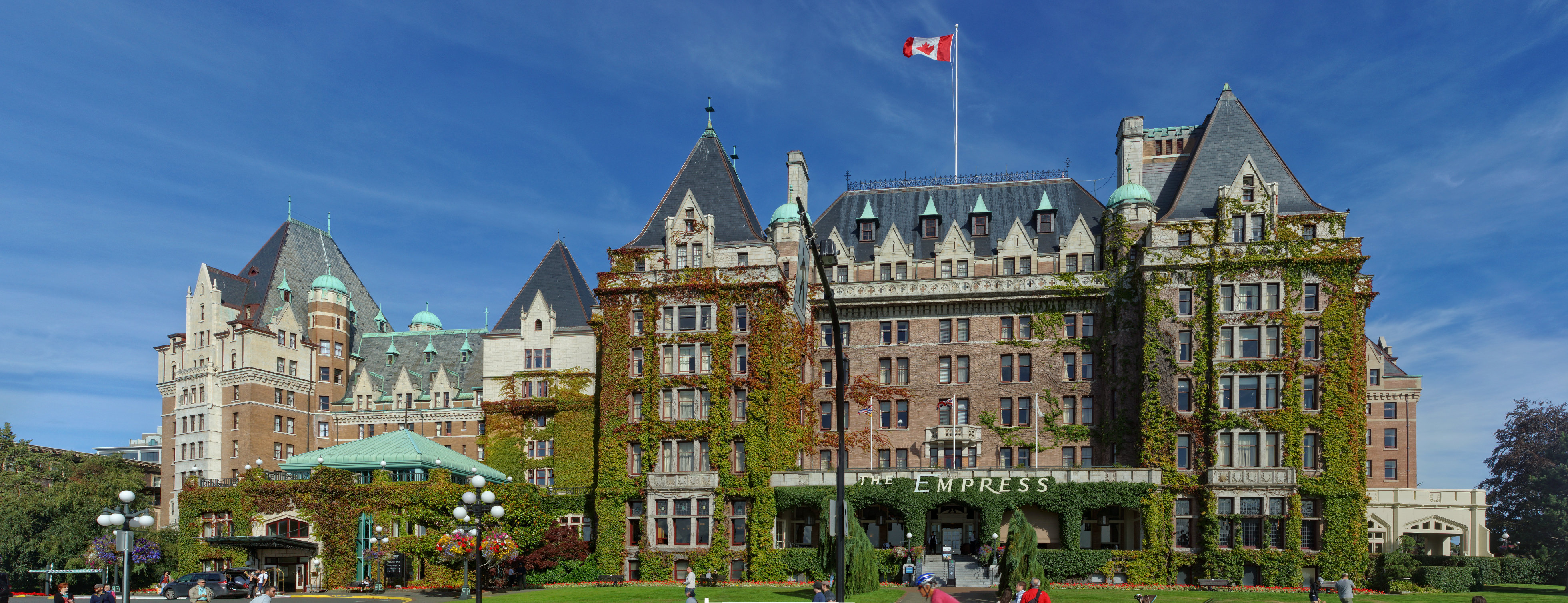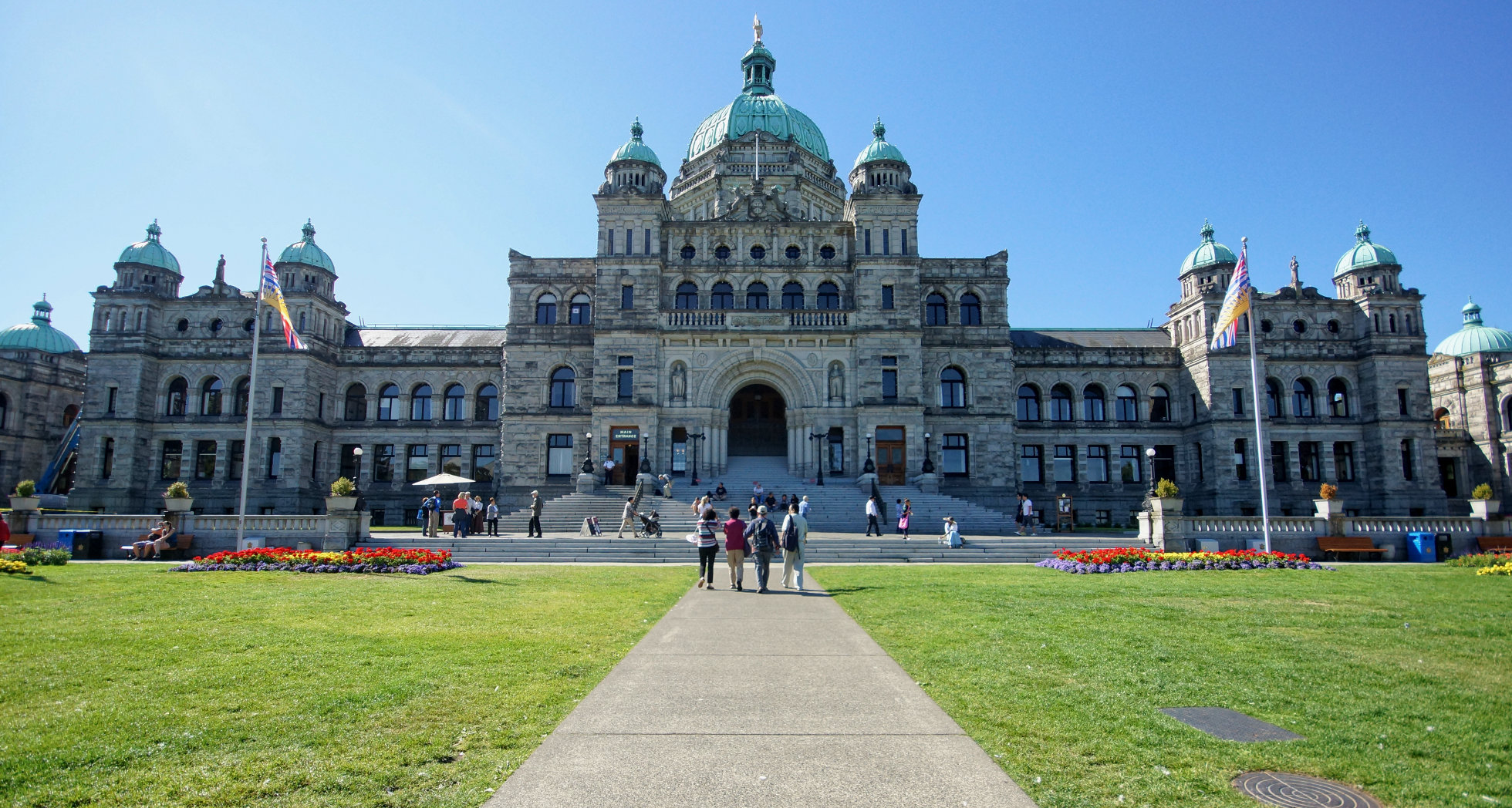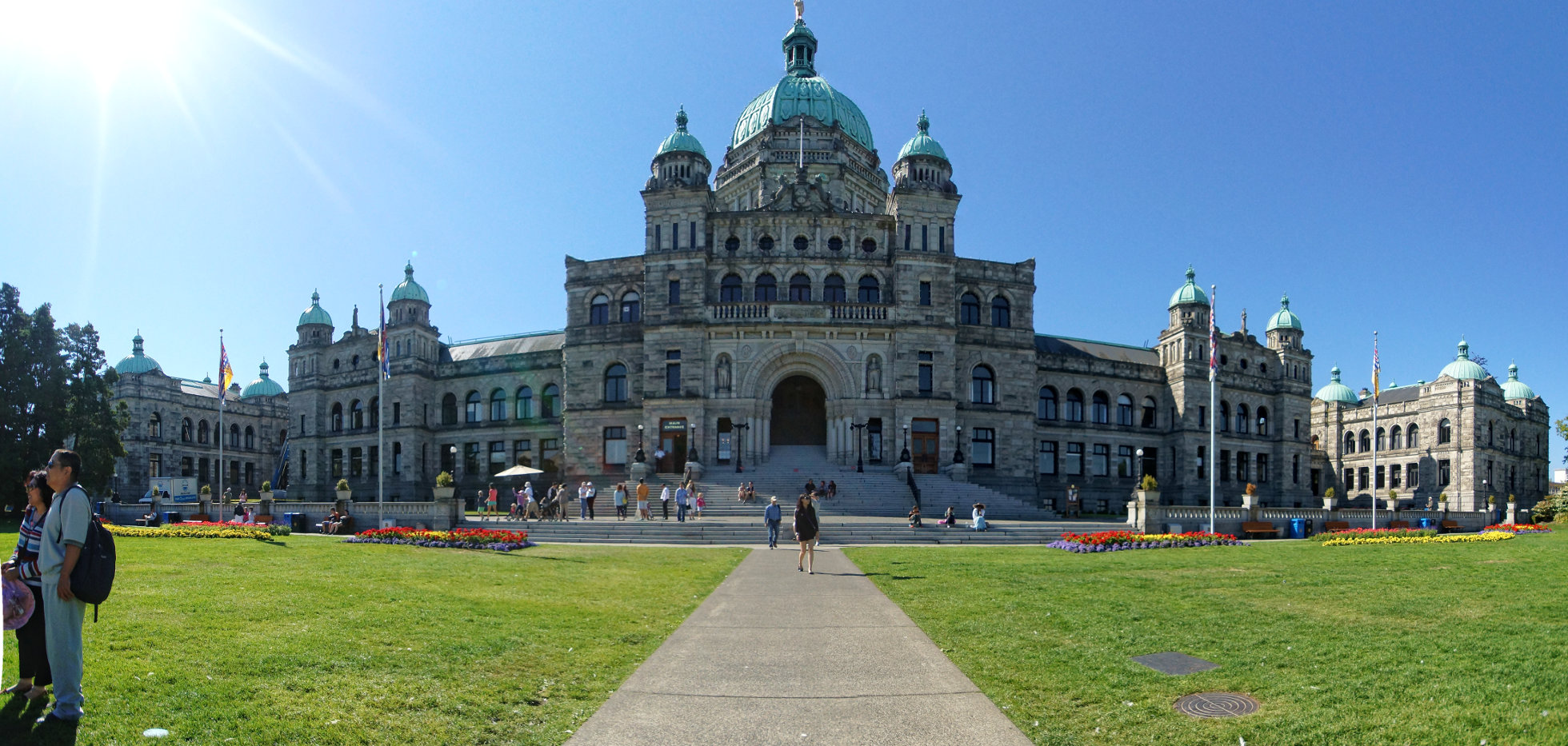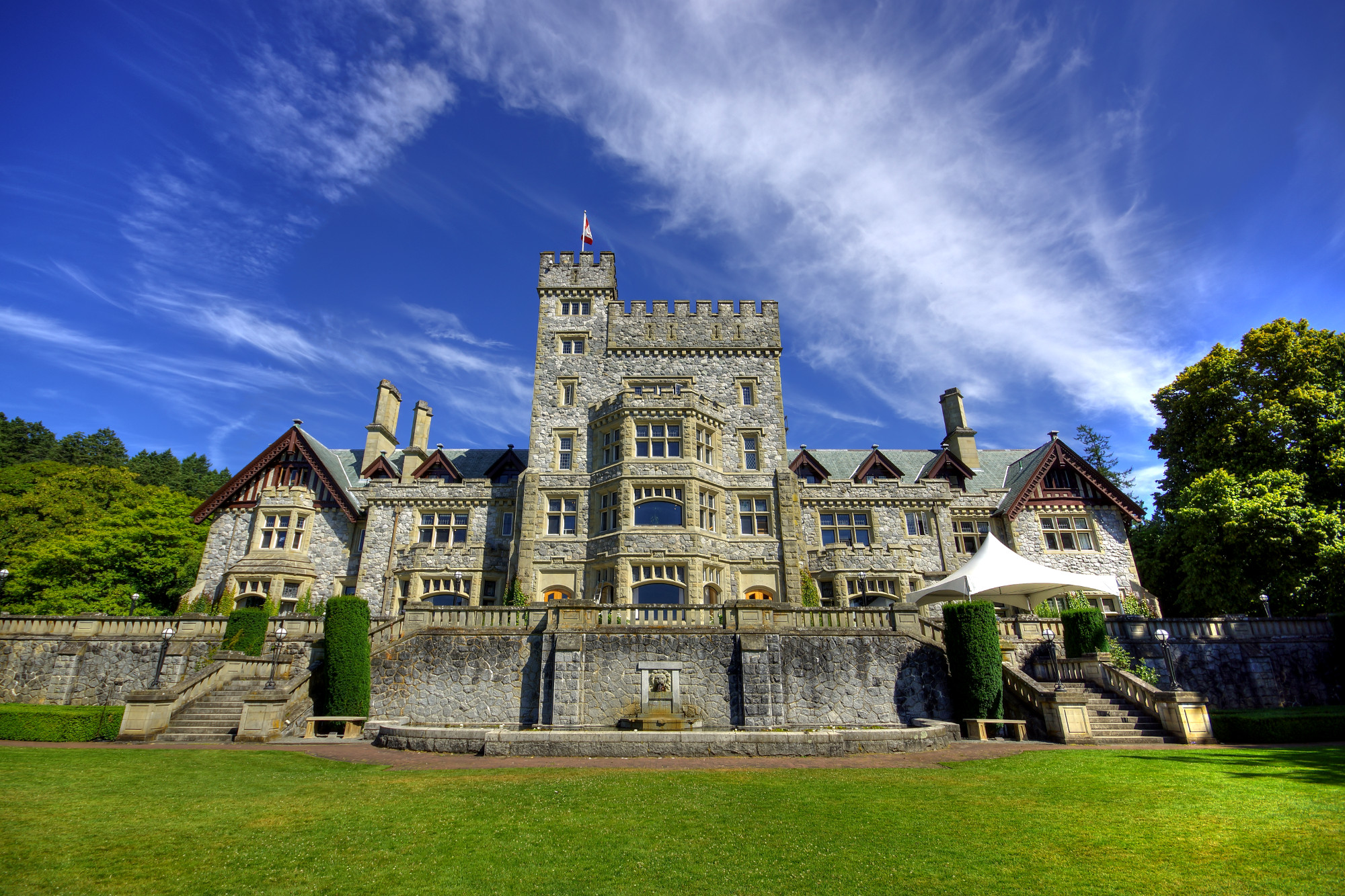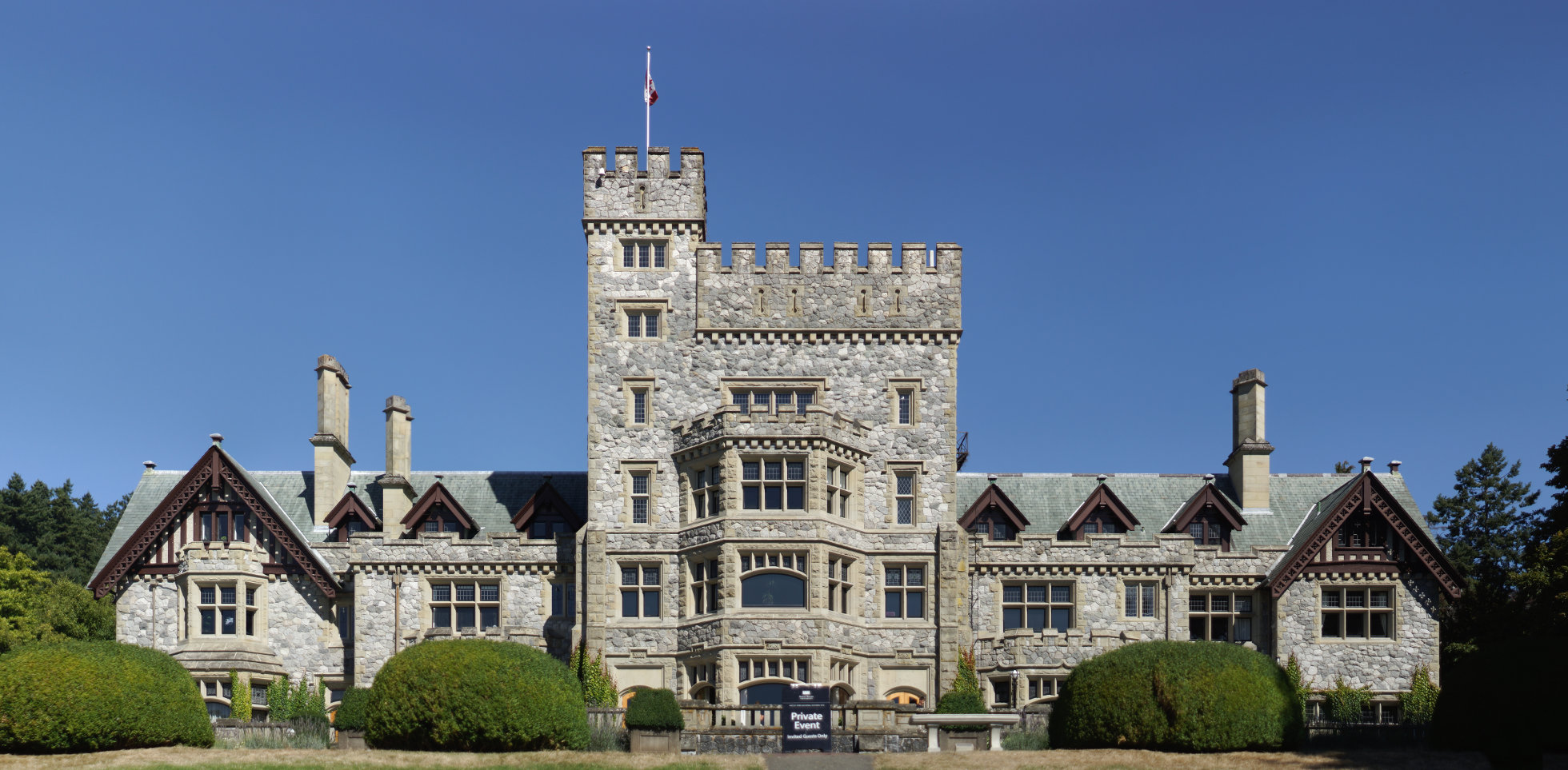
Saturday, January 30, 2016
Helios -44-2 58mm f2 Lens
Friday, August 29, 2014
Lens Distortion 3
Thursday, August 28, 2014
Lens Distortion 2
Wednesday, August 27, 2014
Lens Distortion
Saturday, January 15, 2011
Below Beacon Hill 2

Friday, December 17, 2010
Depth of Field
Thursday, December 16, 2010
Blur

Above is a species of Usnea lichen, probably Usnea filipendula. Below is the remains of a seed cluster from English Ivy (Hedera helix).
Thursday, December 10, 2009
Frost

Lenses: For those interested in technical stuff, I also went out this morning to test some of my old legacy lenses with an extension tube I picked up last week. The above was shot using a Super Multi-coated Takumar 1:2.8/105mm lens and pair of extension tubes totaling about 2 inches (5 cm.) The tubes and the lens are M42 mounts and I use them on my Sony with an adapter.
Saturday, April 4, 2009
Another Seagull

Thursday, April 2, 2009
Of Lions and Lenses
 Lately I've been collecting old lenses for my camera (mostly because I can't afford new lenses but also because I'm still very much an experimental, neophyte photographer and don't really know what different kinds of lenses do). Anyway, I recently bought a multi-coated 105 mm f2.8 Takumar lens for $10 and, with an adapter, stuck it onto the front of my Sony DSLR. This is all manual now: focus first, then set the aperture using a ring on the lens case, then set the shutter speed. It sounds a bit much compared to today's fully automatic photography but I found that with just a little practice it's quite easy. The through the lens metering system still works and indicates when the shutter speed and aperture combination will provide the correct exposure. Well, I'm very pleased with this lens. Nice color and very sharp images. The photo above is also an example of learning from another photographer. I always liked Chuck Pefley's shot of this lion from his trip to Victoria last year. This is my attempt to emulate that shot. You can see the original version on Chuck's Seattle Daily Blog by clicking here. The lions (2) stand one on each side of the Gate of Harmonious Interest on Fisgard Street in Victoria's Chinatown.
Lately I've been collecting old lenses for my camera (mostly because I can't afford new lenses but also because I'm still very much an experimental, neophyte photographer and don't really know what different kinds of lenses do). Anyway, I recently bought a multi-coated 105 mm f2.8 Takumar lens for $10 and, with an adapter, stuck it onto the front of my Sony DSLR. This is all manual now: focus first, then set the aperture using a ring on the lens case, then set the shutter speed. It sounds a bit much compared to today's fully automatic photography but I found that with just a little practice it's quite easy. The through the lens metering system still works and indicates when the shutter speed and aperture combination will provide the correct exposure. Well, I'm very pleased with this lens. Nice color and very sharp images. The photo above is also an example of learning from another photographer. I always liked Chuck Pefley's shot of this lion from his trip to Victoria last year. This is my attempt to emulate that shot. You can see the original version on Chuck's Seattle Daily Blog by clicking here. The lions (2) stand one on each side of the Gate of Harmonious Interest on Fisgard Street in Victoria's Chinatown.
 IF you're interested in lenses, read on: The lens mentioned above is a prime lens, meaning that although it is telephoto, it does not zoom in. If want something in the frame to be bigger you must physically move closer. Nor does it zoom out - if you want something to be smaller you must move back. I have a couple of other prime lenses: a 135 mm f3.5 and yesterday I bought a 300 mm f5.5. If it wasn't a miserable rainy day today I'd be out trying the latter since I am very excited by the sharpness of the test shots I took with it. It probably sounds like I have money to burn but I paid less than $50 total for all three of these lenses because they're old, manual and don't fit on modern cameras without adapters. I found them in thrift stores. You can buy adapters on E-bay. All three of the lenses above are M42 screw mounts so I only needed one adapter ($7). Yesterday's flower photos (below) were also taken with the 105 mm lens.
IF you're interested in lenses, read on: The lens mentioned above is a prime lens, meaning that although it is telephoto, it does not zoom in. If want something in the frame to be bigger you must physically move closer. Nor does it zoom out - if you want something to be smaller you must move back. I have a couple of other prime lenses: a 135 mm f3.5 and yesterday I bought a 300 mm f5.5. If it wasn't a miserable rainy day today I'd be out trying the latter since I am very excited by the sharpness of the test shots I took with it. It probably sounds like I have money to burn but I paid less than $50 total for all three of these lenses because they're old, manual and don't fit on modern cameras without adapters. I found them in thrift stores. You can buy adapters on E-bay. All three of the lenses above are M42 screw mounts so I only needed one adapter ($7). Yesterday's flower photos (below) were also taken with the 105 mm lens.

